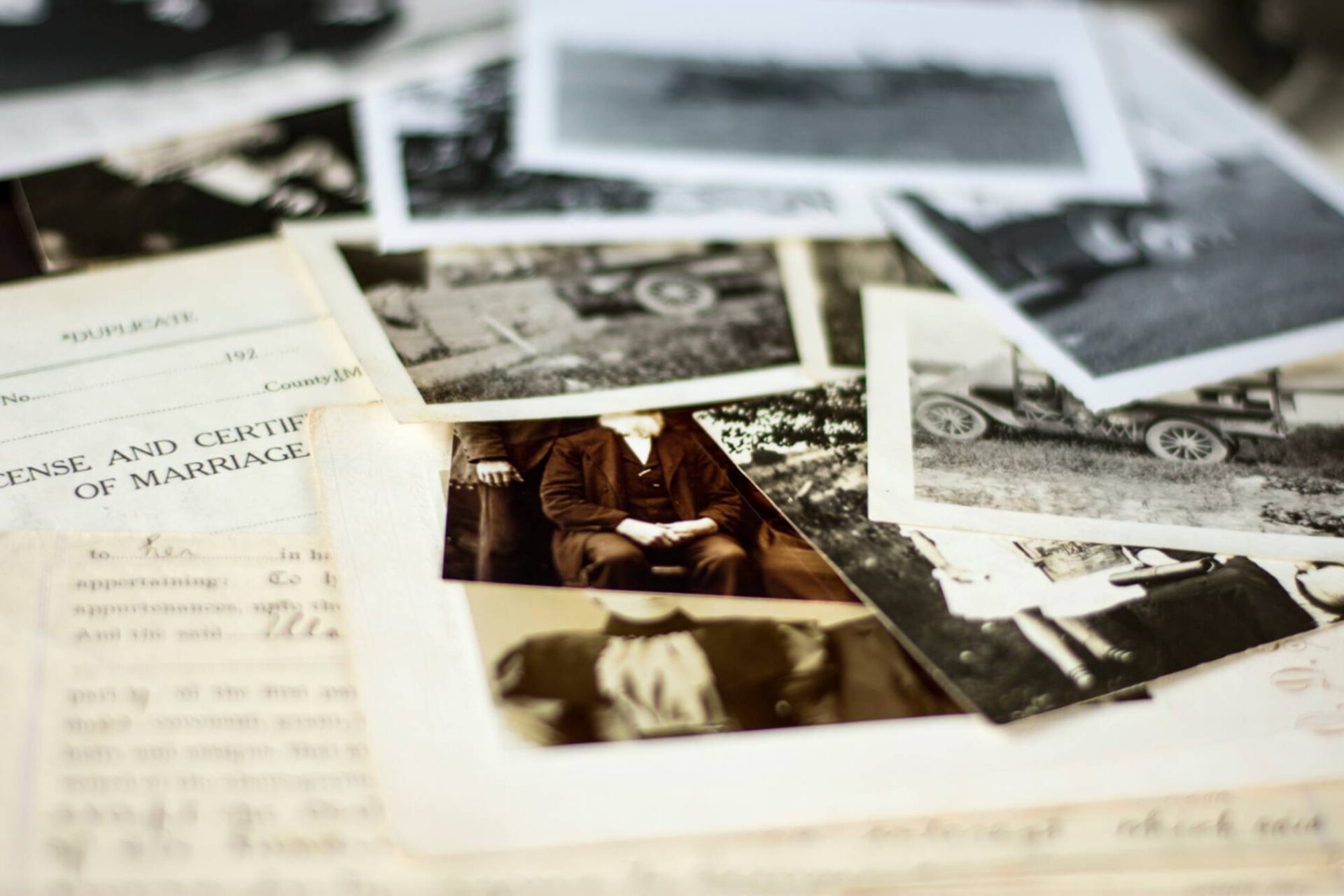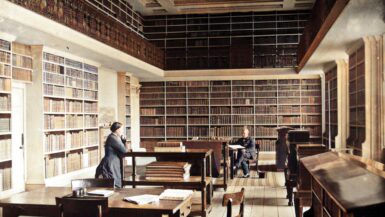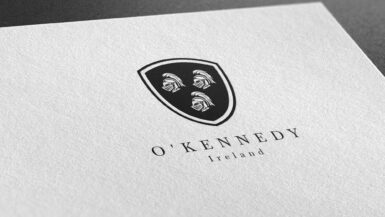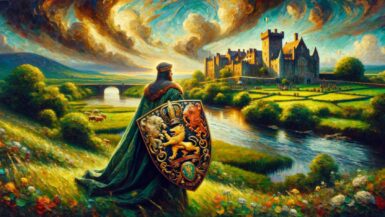Origin of the Surname
The Rafferty surname, prominently recognized in its Gaelic form “Ó Raifeartaigh,” holds a special place within the annals of Irish history. Stemming from the rich tradition of Irish patronymics, the “Ó” prefix in the name signals “descendant of” or “grandson of,” suggesting a lineage descending from a progenitor named Raifeartaigh.
Etymology and Meaning
The surname “Ó Raifeartaigh” originates from the Gaelic word “rath,” meaning “prosperity” or “success,” combined with “fear,” meaning “man.” Thus, the name can be translated to “descendant of the prosperous man” or “descendant of the successful one,” possibly indicating a notable or affluent ancestor in the lineage.
Earliest Known Usage
Historical records and ancient manuscripts, including ecclesiastical records and Gaelic annals, provide glimpses of the Rafferty name dating back to medieval Ireland. This surname, over time, became synonymous with specific regions and communities within Ireland.
Geographic Distribution
Throughout the course of history, the Rafferty family, due to socio-economic and political events, spread its branches both within Ireland and overseas.
Original Geographic Location
The Rafferty lineage is intrinsically linked to the northeast of Ireland, particularly in counties like Louth and Armagh. These regions, steeped in history and Celtic traditions, remain the ancestral homes of the clan.
Migration Patterns
Ireland’s history is punctuated by significant migrations, often resulting from famines, political upheavals, and economic hardships. Many Raffertys, in search of better prospects, would have ventured to new lands, most notably during the Great Famine, with many heading towards North America, Australia, and other regions.
Historical Context
Notable Historical Events
- The Plantation of Ulster (1609-1690): This significant colonization scheme by the English Crown resulted in vast land confiscations and re-distribution, likely affecting many families, including the Raffertys, in the Ulster region.
- The Great Famine (1845-1852): Emigration records indicate several Raffertys among those departing from Ireland, searching for better fortunes and evading the tragic consequences of the famine.
Involvement in Key Moments in History
While comprehensive records of every Rafferty’s involvement might not be readily available, it’s clear from broader Irish history that many would have been participants or affected by pivotal events such as the numerous Irish Rebellions, the Land War, and more contemporary movements for Irish independence.
Notable Irish Bearers of the Surname
Famous Individuals
- John Rafferty: An Irish singer recognized for his contributions to the world of Irish folk and traditional music during the mid to late 20th century.
Influential Figures
The Rafferty lineage has produced various individuals who, over the centuries, have held esteemed positions in the realms of Irish politics, culture, and education, even if exhaustive records of each one might not be immediately accessible.
Variations of the Surname
Spelling Variations
The transition from Gaelic to English and regional linguistic differences led to varied spellings of the name. Some include Raffarty, Raffety, and O’Rafferty.
Regional Differences
While the core pronunciation remains largely consistent, regional dialects in Ireland might introduce slight nuances to the name’s pronunciation or spelling.
Current Statistics and Distribution
Frequency and Global Distribution
Today, the Rafferty surname is not confined to Ireland but has representations in the UK, the US, Canada, Australia, among other nations. The waves of migration and the diaspora have ensured a global footprint, yet Ireland, especially the northeast, retains the densest concentrations.
Changes Over Time
Historically, the surname’s prevalence saw notable increases, especially during the 19th and 20th centuries, due to migrations and the diaspora’s growth.
Family Coat of Arms
The Rafferty family does possess a heraldic coat of arms, a testament to their lineage and historical significance. Generally, it features a distinct shield with symbols reflecting family traits or lore. The exact design might differ slightly depending on family branches or regions. As with many Irish heraldic symbols, it often encapsulates virtues like bravery, loyalty, or wisdom.






Leave a reply